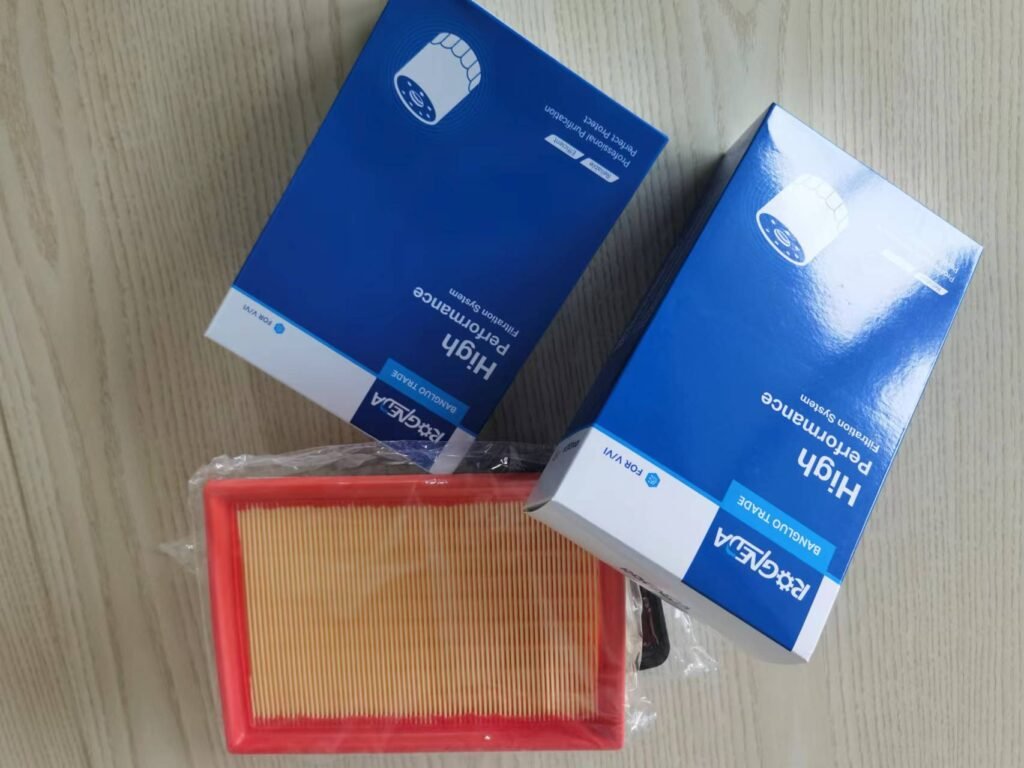The concept of car air conditioning was first formally proposed by the Packard Motor Company in the United States. In 1939, Packard Motor Company introduced air conditioning as an additional configuration for car buyers.
Air conditioning was slow to spread at first, but by 1970, almost half of new cars were equipped with air conditioning. Despite being 75 years old, the air conditioning in your car still operates on the basic principles developed in the 1930s. The air conditioning system in your car consists of three main components – compressor, condenser and evaporator. They work together to pass a substance called refrigerant through a high-pressure/low-pressure closed loop system. Refrigerant changes from gas to liquid and back to gas and is an important part of the air conditioning system and process.
The compressor is driven by a belt mounted on the car engine. Here, the low-pressure refrigerant gas is compressed into a high-pressure, high-temperature gas, which is then pumped to the condenser. The condenser works similarly to the radiator in your car, not only dissipating heat, but also cooling the high-pressure refrigerant gas to form a high-pressure liquid. The water in this high-pressure liquid is then removed by a small container called a receiver drier before being pumped into the thermal expansion valve.
Here, the high-pressure liquid can expand and become a low-pressure liquid as it enters the low-pressure side of the loop system and then moves to the evaporator located inside the vehicle.
At this point, the low-pressure refrigerant liquid turns into a gas again and leaves the evaporator, taking the heat away from the vehicle. During this process, a fan blows across the outside of the compressor, blowing cool air into the vehicle’s interior. The low-pressure refrigerant gas now enters the compressor again and the process starts over again.


